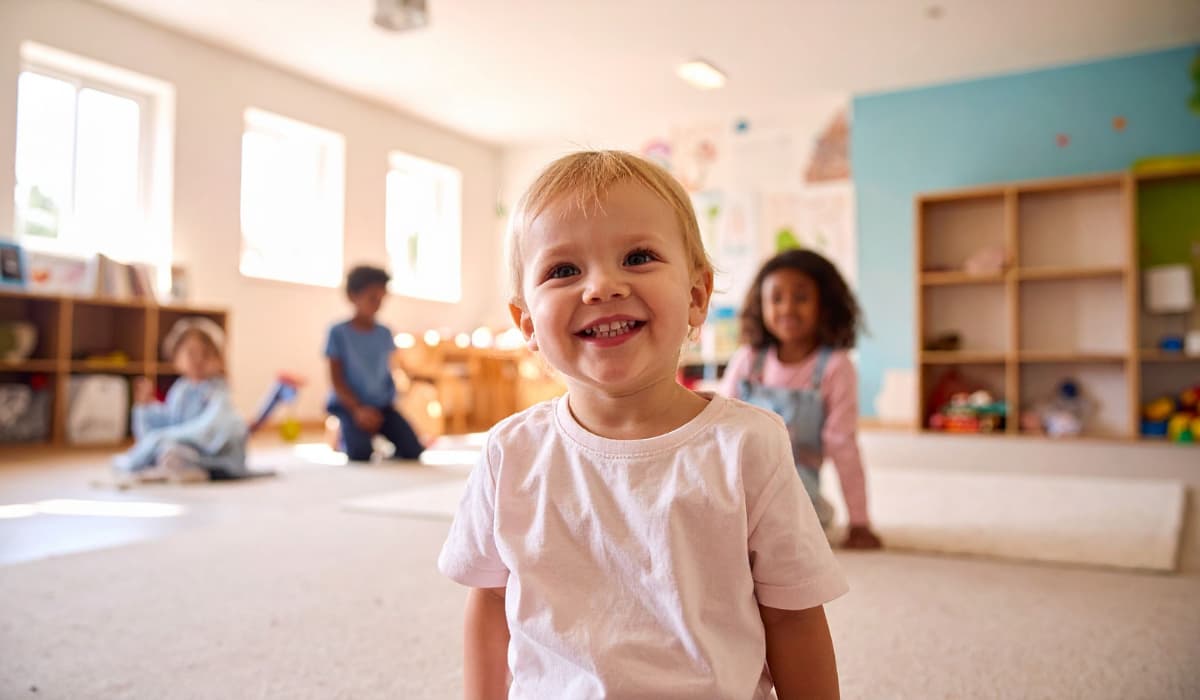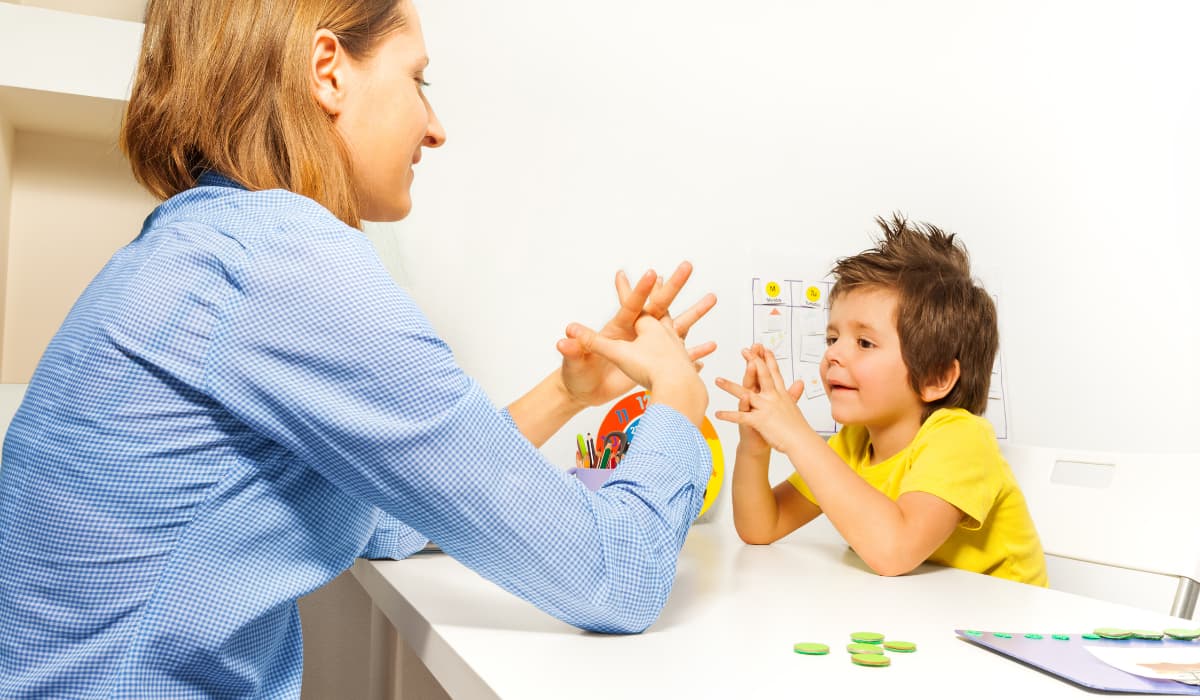Helping Kids With Autism Handle Change: ABA Tips for Smooth Transitions
In many families receiving private ABA therapy Maryland or utilizing center programs, change can be one of the most challenging moments for children.

In many families receiving private ABA therapy Maryland or utilizing center programs, change can be one of the most challenging moments for children. Transitions—from one activity to another, from home to school, or even daily schedule shifts—can lead to stress, uncertainty, and behavioral resistance. Yet with well-structured planning rooted in behavior analytic principles, transitions can become manageable and even growth opportunities. Below, we explore a detailed toolbox of strategies grounded in ABA Tips to support smooth transitions and reduce frustration for children and caregivers alike.
Why Change Often Feels Overwhelming
Children on the spectrum typically rely on consistency, predictability, and clear expectations. A sudden shift—no matter how minor—can disrupt the mental script they rely on. Without awareness of what comes next, children might respond with avoidance, refusal, or acting out. That’s where applied behavior strategies shine: by breaking transitions into teachable steps, reinforcing flexibility, and crafting supports that guide rather than surprise.
Transitions involve multiple components: anticipation, shifting attention, and executing new routines. When those components are missing or unclear, the child’s internal “program” for the day feels unstable. The goal of using ABA Tips is to scaffold each part of that shift and gradually reduce dependence on prompts.
Foundational Strategies for Smooth Transitions
Below are some of the most effective techniques to incorporate into everyday life, whether you engage with in-home therapy, school-based support, or center based ABA therapy offerings.
Use Advance Warning & Countdown Signals
- Introduce verbal or visual cues several minutes before the shift. (“In 5 minutes we’ll stop playing and start getting ready.”)
- Use timers or countdown tools to make the abstract notion of time concrete.
- Fade verbal cues as the child grows more comfortable, reinforcing independent transition.
These steps reduce surprise and allow the child to prepare mentally for what’s next.
Visual Schedules & First-Then Boards
- A daily visual schedule shows the order of activities (with pictures or symbols).
- First-Then boards (e.g. “First: cleanup → Then: snack”) can cue the immediate next step.
- Place the schedule in a consistent, easily visible spot. At transition time, point or refer to the schedule.
Visual supports anchor the day in something predictable and tangible.
Social Narratives & Scripts
- Write short, clear stories or scripts describing what will happen during the transition (where to go, whom to see, what to expect).
- Use pictures of familiar places, people, or items.
- Read and rehearse the story before the actual event.
This primes the child’s mental model and reduces anxiety about unknowns.
Role Play & Practice Runs
- Simulate the transition in low-stakes settings (e.g. pretend pack up toys, walk to the door).
- Use toys or props to act out new environments or routines.
- Reinforce correct behavior during the role play.
Frequent rehearsal builds familiarity and confidence.
Break the Change into Incremental Steps
- If a big change is coming (new classroom, new schedule), introduce components gradually rather than all at once.
- For example, if recess time is changing, first shorten the prior activity slightly, then shift the schedule step by step.
- Collate data to see which steps are triggering difficulty and adjust accordingly.
Small shifts are easier to absorb than abrupt ones.
Reinforce Flexibility & Calm Responses
- Immediately praise or reward calm, cooperative behavior through the transition.
- Use positive reinforcement (stickers, preferred activity, high fives) consistently when the child handles the shift well.
- Over time, link the reward to lower levels of support to encourage independence.
This teaches the child that change can lead to positive outcomes.
Teach Functional Communication
- If frustration arises, help the child express their feelings or needs (e.g. “I need a break,” “Can I wait a minute?”).
- Incorporate picture cards, phrase cards, or simple verbal prompts based on the child’s communication style.
- Reinforce use of communication rather than problem behavior.
This gives the child a tool to negotiate transitions rather than react.
Maintain Core Routines & Familiar Elements
- Preserve elements of daily rituals (bedtime sequence, meal order, personal items) even during larger changes like moving or school adjustment.
- Bring a familiar object (e.g. a favorite toy or blanket) during transitions to new spaces.
Consistency in these anchor points helps reduce overall stress.
Collaborate Across Environments
- Share strategies with teachers, therapists, and caregivers so that transitions are handled similarly in home, school, and therapy settings.
- For children using ABA therapy services, ensure that transition supports are embedded in the behavior plans.
- Hold regular check-ins to align approaches and adjust as needed.
Unified responses strengthen consistency and reduce confusion.
Transition Challenges & Troubleshooting
Even with strong planning, some transitions remain difficult. Below are common hurdles and how to address them:
- Resistance or Refusal: Go back a step and make the change more gradual. Provide more warnings or use a visual countdown.
- Regression Under Stress: In times of change or stress (moving house, new caregiver), temporarily increase supports (more reminders, extra role play).
- Over-Dependence on Prompts: Gradually fade prompts and support as the child demonstrates success.
- Emotional Overwhelm: Pause, allow processing time, and reboot the transition plan in smaller increments.
- Inconsistent Implementation: Ensure all team members (therapists, teachers, caregivers) use the same cues, schedules, and reinforcement plans.
By collecting data and reviewing what works and fails, one can refine the approach over time.
Supporting Big Transitions: Moving, School Changes & Major Shifts
Major life changes demand additional strategic layering. When a child moves to a new school or new living environment, these extended steps help:
- Preview the New Location: Visit in advance with the child, exploring hallways, classrooms, caregivers.
- Extend the Social Story: Include new people, routines, and expectations for the change.
- Bring Familiar Routines Into the New Setting: Recreate bedtime, mealtime, and play rituals.
- Phase into the New Environment: Start with shorter stays or partial days before full immersion.
- Coordinate With the ABA Team: If your child receives center, school-based, or in-home ABA therapy, ensure the transition strategies are woven into therapy plans.
These added layers bridge familiarity and novelty and allow for gradual adjustment.
The Role of the BCBA and Job Responsibilities
A Board Certified Behavior Analyst (BCBA) plays a critical role in designing, monitoring, and adjusting transition strategies. Key responsibilities include:
- Conduct functional assessments to identify triggers in transitions.
- Design individualized behavior intervention plans that incorporate transition supports.
- Train caregivers, therapists, and school staff on consistent implementation.
- Monitor data, make modifications, and fade supports when appropriate.
- Provide mentorship and support to behavior technicians and staff.
For professionals pursuing a bcba job, mastery of transition management is often a core competency. It requires both theoretical understanding and practical finesse.
Measuring Success & Adjusting
- Track transition duration and problem behaviors over time.
- Look for decreases in resistance, fewer prompts needed, and more independent shifts.
- Adjust reinforcers and supports as the child’s flexibility grows.
- Use data to inform decisions about when to fade supports or change strategies.
Success often shows in smoother routines, fewer disruptions, and increased confidence.
Final Thoughts
Change need not be chaotic. With thoughtfully applied behavior analytic strategies, transitions can evolve from stress points to teachable moments. By using ABA Tips like visual schedules, role play, reinforcement, communication teaching, and consistent collaboration, caregivers and professionals empower children to handle shifts with greater confidence.
At Big Dreamers ABA, we integrate these strategies into our ABA therapy services, including in-home, school-based, and center based ABA therapy, to help children adapt and thrive through life’s many transitions. Our BCBAs partner closely with families to guide smooth transitions and build long-term coping skills.
FAQs
Why do children struggle so much with changes in routine?
Children thrive on predictability and structure. When routines shift unexpectedly, it can cause uncertainty and frustration. Using structured behavioral strategies, visual aids, and positive reinforcement—like those in ABA Tips—helps children feel more prepared and confident when facing change.
How can ABA therapy make transitions easier for my child?
ABA therapy focuses on breaking large tasks into manageable steps and rewarding progress. During transitions, therapists use ABA Tips such as countdowns, social stories, and consistent reinforcement to help children adjust smoothly. These techniques teach flexibility and self-control over time.
What are some practical ABA Tips for smoother daily transitions at home?
Parents can:
- Provide advance warnings before changing activities.
- Use a visual schedule to outline daily events.
- Practice small transitions through role play.
- Reward calm behavior after successful transitions.
Consistent application of these ABA Tips makes day-to-day routines more predictable and less stressful.
How do visual schedules help children manage change?
Visual schedules turn the day into a clear, step-by-step plan that children can see and understand. By showing what happens next, they reduce anxiety and prepare the child mentally for upcoming transitions. Over time, the child learns to follow the schedule independently.
Recent articles

Why Family Involvement Makes ABA Therapy More Effective

Toilet Training Made Easier with ABA Techniques and Family Guidance
%20(1).jpg)